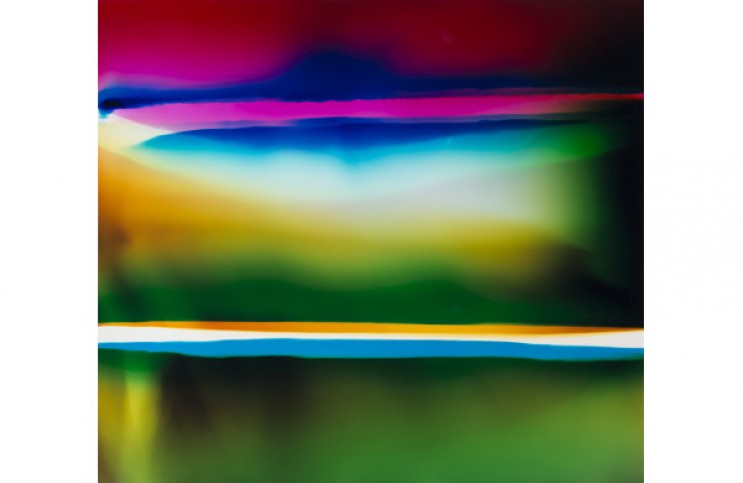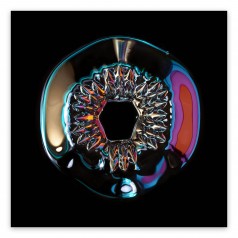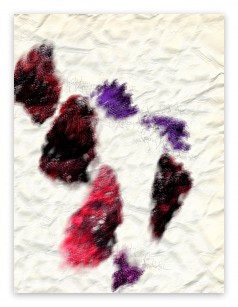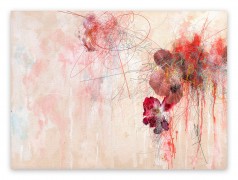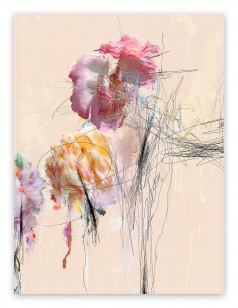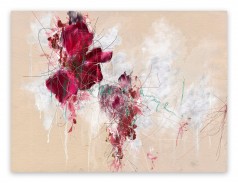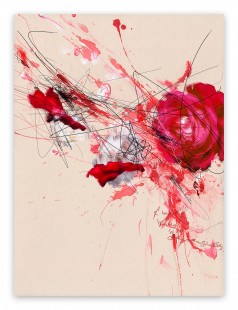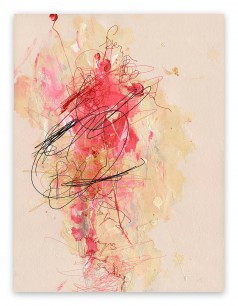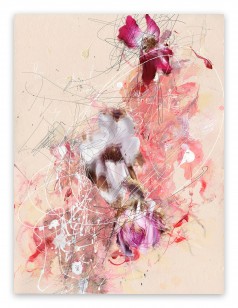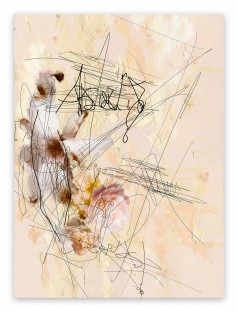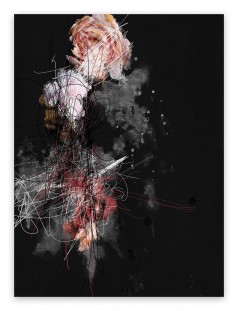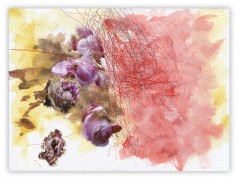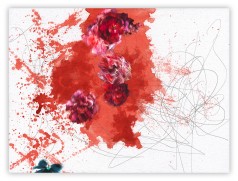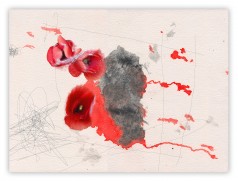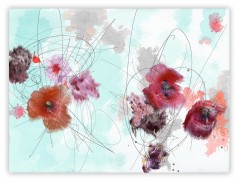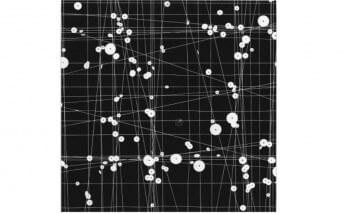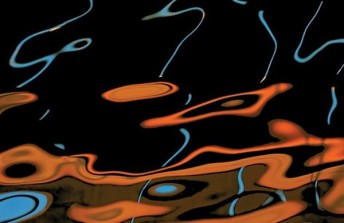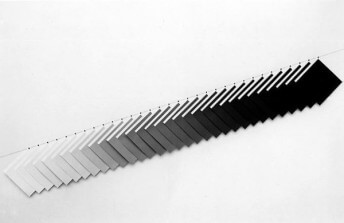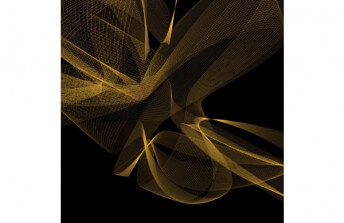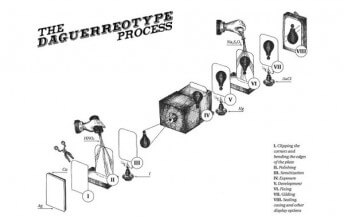Why Liz Nielsen’s Photography Is So Unusual
Oct 9, 2018
Liz Nielsen is part photographer, part conjurer. She coaxes into existence vividly colored photograms from the pitch dark confines of her analog photographic dark room. The images that emerge out of her process are partially planned and partially accidental; partially figurative and partially abstract. They come about as the result of an assortment of different methods, and yet in the end betray none of the techniques of their making. Their forms are haunting and strangely childlike. The edges of the shapes are sometimes hard and other times seem to evaporate into illusionary space. It is as though something incredibly simple and also incredibly complex is going on—and in a way that is true. Nielsen is a student of art history and a master of the scientific photo process. She is a planner—designing every composition ahead of time and plotting out every step she will take to get there. But once she steps inside of her darkroom and begins to actually execute her plan, she is all artist, as open and free as someone at play. That is the fun part—when all of the careful planning she has done must yield to the reality that her mediums—light and chemistry—have their own ideas and their own ways of interacting with each other. When all is said and done, Nielsen is left with something that may approximate what she set out to achieve, but inevitable is also full of surprises: mysteries that even she could not have anticipated. It is in that space, between planning and accident, that the most abstract elements of her pictures finally emerge.
Negative Reinforcements
When you first encounter the photograms Nielsen makes, it can be confusing to figure out exactly what you are looking at—not only in terms of the visual language of the compositions, but in terms of the material itself. The surfaces are shiny and luminescent, like a photo print. The lustrous surface qualities are owed to the ultra shiny qualities of her paper of choice—Fuji Lustre or FujiFlex, which are extraordinarily reflective. And yet the images on the prints do not look like anything usually made in a darkroom. The pictures have a certain hand made quality that more closely resembles the marks made by a painter. The scale of the works is also unusual. They come in a variety of custom sizes and dimensions, ranging from 100 x 50 inches to 8 x 8 inches. The sizes do not obviously correspond to what we are used to seeing photo artists print. The range of scales comes about as a result of the way Nielsen creates her surfaces. She hand cuts photo paper, creating whatever size she pleases, same as a painter might when building canvas stretcher bars from scratch.
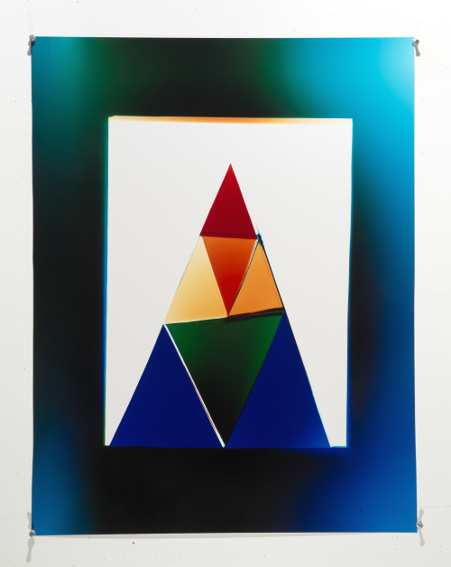
Liz Nielsen - Abracadabra, 2018, Analog Chromogenic Photogram, Unique, on Fujiflex, 30x23. © Liz Nielsen
As for the hand made look of the images themselves, Nielsen achieves that by employing a technique that is sort of like reverse stenciling. After planning out a composition, she cuts out from cardboard or other paper mediums the various shapes that will be used. She takes those cut out pieces into the darkroom along with her photo paper and then places all of the different elements onto the surface. One at a time she removes the elements and exposes that section of the surface with light. The process is far from perfect. Sometimes the light bleeds under the pieces. Sometimes the pieces get off balance. The shapes are hand cut, so they contain subtle imperfections that affect the way the light hits the surface. Ultimately, even though every step of the planning and execution is, in a way, in her control, Nielsen must give up some authority to all of these little factors that are intrinsic to her process. That is partly what lends the final product its whimsical, painterly, and sometimes brut appearance.
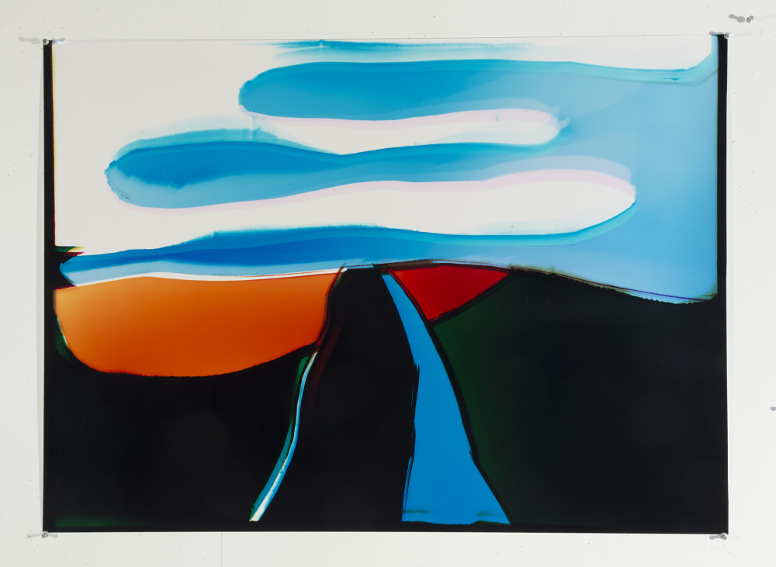
Liz Nielsen - Liquid Sunset I, 2018, Analog Chromogenic Photogram, Unique, on Fujiflex, 30x40. © Liz Nielsen
Lights Create Color
Perhaps the most important aspect of her method is not, however, the paper that she uses, nor the cut out shapes that she makes. The most important thing is the light, which ultimately coaxes from the surface every color that ends up in the final work. Nielsen does not only bring one type of light with her into the darkroom. Instead, she brings an assortment—bike lights, flashlights, traditional lamps, or any other type of light source that she happens to find. Each found light source has its own wavelength and temperature. By alternating the light sources and then playing with the exposure time, she can dramatically affect the opacity, translucency, purity, and luminosity of the color. Sometimes her colors are pure and solid. Other times they are muted and serene. When the colors are pure, she can create brilliant hard edged forms. When they are muted, she can conjure elements that resemble stains left by paint spilled on raw canvas, or the ephemeral look of watercolor paints.
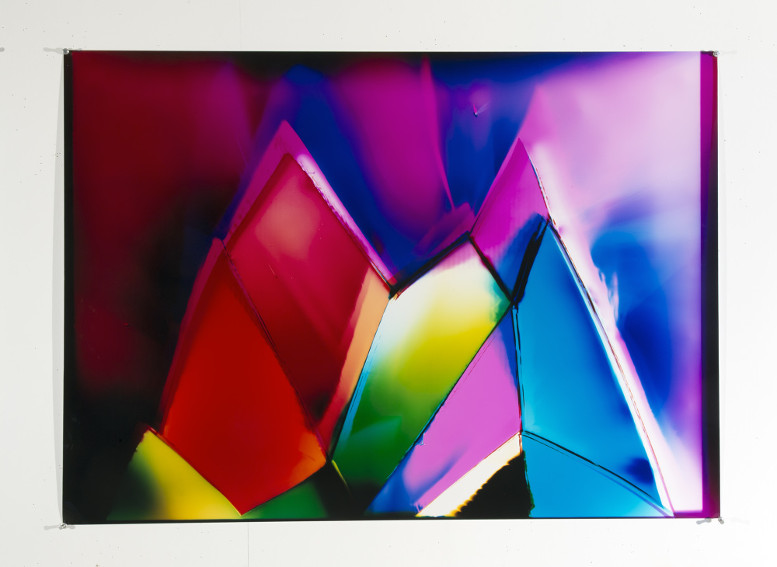
Liz Nielsen - Red Mountains, 2018, Analog Chromogenic Photogram, Unique, on Fujiflex, 30x40. © Liz Nielsen
The way that Nielsen manipulates light in the darkroom produces a fantastic range of effects. In this way, too, she is more like a painter than a photographer. She manages to achieve something rare in a photogram—the appearance of different textures. She also deftly manipulates the sense of depth in her images by exposing the same areas multiple times, evoking the “push pull” color theories of Hans Hofmann. Nonetheless, as spectacular as the formal elements of her photograms are, it is unavoidable that eventually we also look at the content. These compositions relate to the real world after all—Nielsen gives them names like “neighborhood,” “Tree,” or “Magic Stones,” which reveal to us what she intends them to be. And yet once again, just as unavoidably, these narrative elements ultimately fade in importance as the plastic aspects of the work re-assert their dominance. That is one of the most surprising aspects of what Nielsen does. Her technique is so loaded, and her images are so intensely visual, that even when we believe that we are looking at something we recognize, our mind unavoidably and involuntarily gets pulled back into the realm of the abstract.
Featured image: Liz Nielsen - Acceptance, 2017, Analog Chromogenic Photogram, Unique, on Fujiflex, 30x32. © Liz Nielsen
By Phillip Barcio
Featured Artists

Tenesh Webber
1963
(USA)Canadian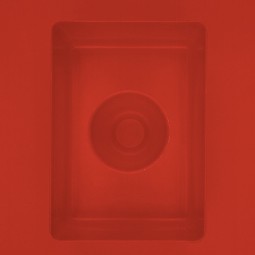
Richard Caldicott
1962
(UK)British
Seb Janiak
1966
(France)French
Gianfranco Pezzot
1969
(Italy)Italian
